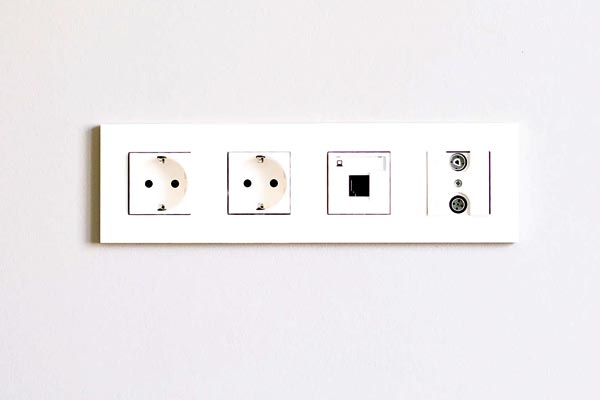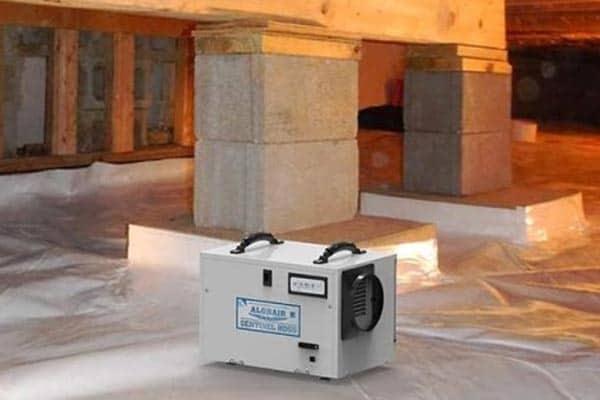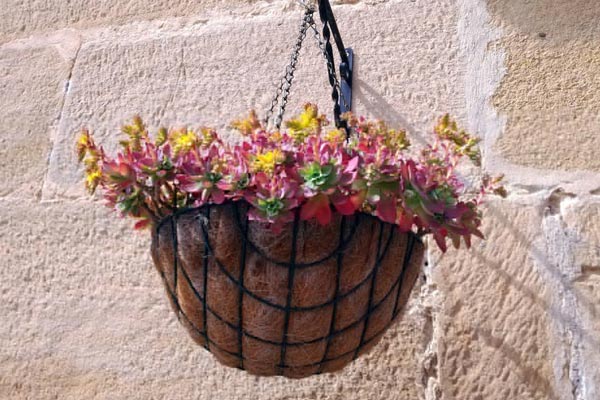Find Out if Your Extension Cord is Rated for Outdoor Use
Extension cords play a huge role in helping you deliver AC power from an outlet indoors or outdoors to a remote appliance or tool that needs it.
You have to know that all extension cords aren’t the same, and some have more features while others are rated for outdoor or indoor use. If you don’t heed these warnings or characteristics, it could lead to a big safety hazard.
Extension cords come with occasional, frequent, and rugged usage categories, and you need to look at the cord itself or the packaging to find the one that is right for your needs.
If you find the letter “W” on the cord or the packaging, this means that it’s meant for outdoor use. This means that it’s safe to use in almost all weather conditions within the rating.
To ensure electrical protection, safety, and property with the preservation of life, you have to know how to identify the extension cords that are suited to use outside.
We’ve gathered up some useful information to help you narrow down your choices and pick out the best extension cord to use outside.
Using Indoor and Outdoor Extension Cords
An indoor extension cord is best for light-duty applications at a lower voltage. This is the type of cord that you’ll use to power a box fan, a single strand of Christmas lights, or a small appliance. They’re not meant for more heavy-duty usage or using outside.
Any outdoor extension cord you buy has a much more robust design to it, and they come specifically made from a thicker gauge wire with durable vinyl, plastic, or rubber coating on the outside.
There are even more heavy-duty options available to buy that come with a higher rating to them that allows you to use them in extreme temperatures or around flammable liquids.
Categories for Outdoor Extension Cords
You’ll have three general categories for outdoor extension cords, and choosing the one that is the best fit for your situation and environment will help it last longer while making it safer for you to use.
The three categories are:
- Occasional Use – This outdoor extension cord works well if you want to get power to your tools for a shorter amount of time. You could use it to power a circular saw during a construction or craft project. They won’t hold up to moving power for extended periods of time.
- Frequent Use – These extension cords can handle heavier use, equipment, and larger tools. You may find yourself using it if you have to run a 110-volt table saw in your workshop.
- Rugged – This cord is much more robust, and you’ll see it in use on commercial-grade job sites to handle tools with higher amperage. They also come with better resistance to the weather, and this makes them a good choice for projects like running a small generator at your campsite.
Outdoor Extension Cord Designations
You can typically tell what designation an extension cord is by looking at the packaging. You’ll see a few letters that designate the intended purposes and characteristics on a specific extension cord, including:
- E – An E will tell you that the extension cord comes with a thermoplastic elastomer rubber jacket on it. You may see it written as TPE on the package.
- J – Any extension cord with a J on it comes with 300-volt insulation for the coating. If there isn’t a J, it means that the cord comes with 600-volt insulation for heavier use.
- O –The cord will be resistant to oil with an O designation.
- P – A P is usually on household extension cords and air conditioner power cords that you have to wire in parallel.
- S – This designation means that your cord is flexible and meant for general use.
- T – Any cord with a vinyl thermoplastic jacket on it will feature this designation.
- W – Any extension cord rated for use outdoors will have this designation.
The Different Plug Types for Extension Cords
Just like your extension cord could come with different designations, they can also come outfitted with different plugs on them.
Most light-duty extension cords will come with a standard two-prong plug, and they’re not nearly as safe as other choices.
You should also never use them for high-power appliances due to the danger factor. A three-pronged plug on these cords is one of the most common things you’ll see on outdoor extension cords.
The third prong on these more rugged cords will act as a super ground to allow it to carry higher voltages without an issue, and it reduces the risk of the cord short-circuiting and causing fires.
You don’t need to plug this cord into a three-prong outlet for it to work correctly. However, you shouldn’t attempt to plug it into a two-prong extension cord, or if you don’t have a three-pronged outlet, you shouldn’t try to remove the ground or alter the plug.
Can Cord Gauge Affect the Amperage Capacity?
Almost all extension cords come with an AWG rating, and this rating tells you how much amperage of current that the cord can take from the outlet and deliver to an appliance, tool, or other devices without overheating.
A cord could deliver a higher amperage in some cases, but this can eventually cause your cord to short circuit, overheat, and fail or start a fire.
If you’re not sure what the amperage is on your tool or device, you want to take a look at the metal plate on the bottom or back because it has a stamp. The stamp will outline the wattage or amperage, and you can see if it’s safe to use with your cord.
Safety Tips for Using Outdoor Extension Cords
Picking the correct cord that is rugged enough to withstand outside use and that you can use in a GCFI extension are all good starts to staying safe. However, there are other things you can do, including:
- Make a point to store your extension cords correctly. When you finish with them, you should unplug them and carefully roll them up however they were originally in the package. Finally, hang them up somewhere dry and cool until you need to pull them back out.
- When you pull your cords from storage, take a look for any cracks or exposed wires. If you see anything, discard the cord and get a new one.
- Always keep the cords well away from any spots that allow snow or water to build up.
- Don’t power more appliances than the cord has a rating for to prevent damage.
- Consider using a brightly colored extension cord to help you see them, help clue people into the fact that you’re working in the yard, and prevent tripping.
Bottom Line
There are indoor and outdoor extension cords, and you want to carefully inspect the designation before you use them to ensure that it’s the correct one for your needs.
Doing so will keep you safe and prevent the cord from overheating, and you can have a cord that is ready to use whenever you need it.






